roydan
Senior Member
Founding Member
Sapphire Member
A fun and easy read.

 blog.google
blog.google
AI made tl;dr:

Tips for getting the best image generation and editing in the Gemini app
Here are some tips for writing more effective prompts for image generation and editing in Gemini.
AI made tl;dr:
The five prompting techniques (and how to use them)
- Keep a character consistent across images
What it is: Define a character once (name, key features, outfit/colors), then reuse it in follow-up prompts so the same “look” appears in new scenes.
How to do it:
- First prompt: write a tight description of the character (face/hair/clothing/colors/materials).
- Next prompts (same chat): refer to “the same character” and place them in new locations or styles.
Example: - “A whimsical illustration of a tiny glowing mushroom-sprite with a large bioluminescent cap, vine-woven body, and curious wide eyes.”
- “Now show the same sprite riding a moss-covered snail through a sunny meadow of wildflowers.”
- Make precise, local edits to part of a photo
What it is: Conversational editing that targets just one area (color swap, add/remove an object) without regenerating the whole image.
How to do it:
- Upload or generate the base image.
- Use short, direct instructions tied to objects and attributes (“Change the sofa to deep navy,” “Add three books on the coffee table”).
Example: - “Photo of a minimalist living room with a gray sofa and light-wood coffee table.”
- “Change the sofa to deep navy.”
- “Add a stack of three books on the coffee table.”
- Blend concepts into one composite
What it is: Fuse subjects and settings from multiple images or ideas into a new scene.
How to do it:
- Generate (or upload) the separate source images.
- Give a follow-up prompt that explicitly combines subject A + setting B, describing the action.
Example: - “Photorealistic astronaut in a full suit.”
- “Overgrown basketball court in a rainforest.”
- “Combine them: the astronaut dunking on that jungle court.”
- Adapt the style (style transfer)
What it is: Keep the subject the same but re-render it in a new aesthetic (e.g., line art, watercolor, 90s catalog).
How to do it:
- Start with a clean photo or render.
- Ask to “apply the style of ___” to that image (architectural drawing, watercolor wash, film noir, etc.).
Example: - “Photorealistic image of a classic motorcycle parked on a city street.”
- “Apply the style of an architectural drawing to this image.”
- Use logic/reasoning to progress a scenario
What it is: Let the model infer what happens next in a real-world sequence and visualize it.
How to do it:
- Generate a simple setup.
- In the same session, ask for the plausible next moment (cause → effect).
Example: - “Image of a person holding a three-tier cake.”
- “Now show what would happen if they tripped.”
A simple prompt recipe (works for generation and edits)
When you want reliable outputs, pack your prompt with these six elements (adapt to fit):- Subject: who/what (be specific)
- Composition: framing/angle (wide shot, low-angle, portrait, extreme close-up)
- Action: what’s happening
- Location: where (time of day/weather helps)
- Style: aesthetic (photorealistic, watercolor, 1990s product photo, film noir, etc.)
- Editing instructions (if editing): “Change X to Y,” “Remove Z,” “Add N of item Q,” “Keep everything else the same.”
Quick, real-world use cases
- E-commerce colorways: Generate a hero shot once, then make local edits for every color SKU (“Change the jacket to forest green; keep lighting consistent; add a folded variant beside it”).
- Ad concept mashups: Combine your product with different lifestyle settings (e.g., “Stainless water bottle + alpine trail at sunrise → trail-runner sipping mid-stride”).
- Brand style studies: Take one packshot and apply multiple brand-aligned aesthetics (“Apply 1990s product photography,” “Apply Bauhaus poster style”).
Heads-up on current limitations (so you can plan around them)
- Stylization can be inconsistent across attempts—save the best takes.
- Text/typography may be misspelled or imperfect—composite real text later.
- Character features are much better now but not flawless—anchor with very specific descriptors and reuse the same session.
- Aspect ratios aren’t always honored—expect retries or crop afterward.
